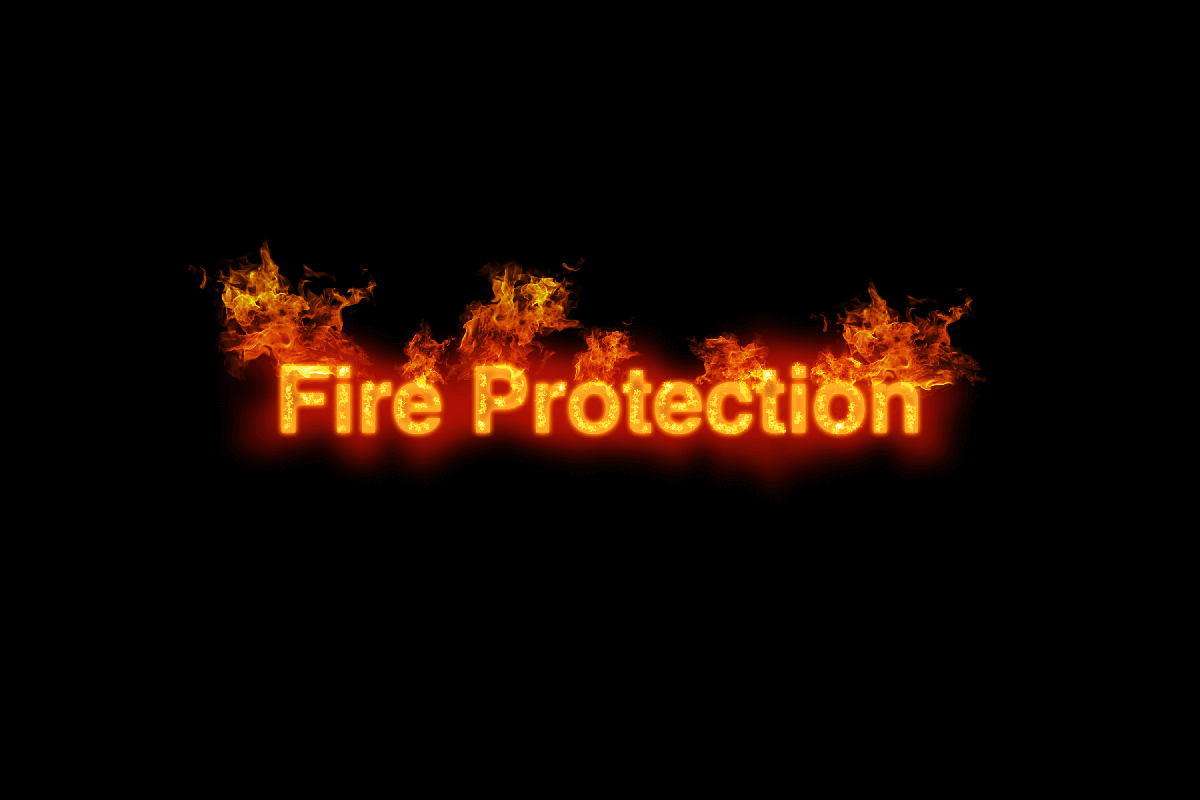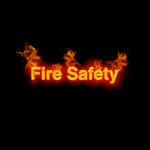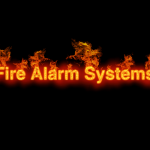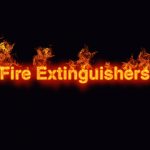The safety of clients, employees and even assets is important. Fire protection consultancy can help you in the prevention and mitigation of unwanted fire effects. Fire protection services are vital in helping to save lives and property.
Fire protection consultants can offer you much-needed assistance in fire protection. Measures can be set up through fire protection consultancy to make sure fire is prevented from being destructive. This helps to keep the occupants of a building safe while also reducing the damage to documents, inventory and expensive equipment.
A professional company should be able to carry out passive fire protection surveys that comprise of a conclusive physical inspection and an audit of existing systems. We offer fire protection consultancy through our experienced professionals. We also offer expert advice and support to our clients. We employ the best fire protection services to make sure that we deliver exceptional services.
Contents
What Is Passive Fire Protection (PFP)?
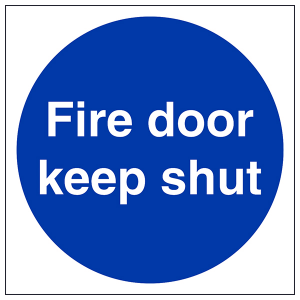 Passive Fire Protection (PFP) consists of the use of inbuilt materials to deal with structural fire protection. These materials help to prevent or slow fire from spreading. Fire-resistant floors, fire doors and walls assist in passive fire protection.
Passive Fire Protection (PFP) consists of the use of inbuilt materials to deal with structural fire protection. These materials help to prevent or slow fire from spreading. Fire-resistant floors, fire doors and walls assist in passive fire protection.
PFP helps to buy time for evacuation. It also helps to prevent a fire from taking charge. Passive fire protection involves both products and services. The base fire resistance of decorative items and fabrics can be increase through products such as fire-retardant sprays.
What Is Active Fire Protection (AFP)?
Active Fire Protection (AFP) is critical when it comes to fire protection. The systems or items involved in active fire protection require motion and response for them to work. For instance, a fire extinguisher needs to be manually operated for it to work. A sprinkler is another example of active fire protection in action. Sprinklers may start automatically during times of fire.
Fire extinguishers and sprinkler systems can help deal with fires before firefighters arrive. They help slow the fire’s growth. AFP takes a more reactive role when it comes to putting out fires.
What Are The Categories Of Active Fire Protection?
1. Manual fire suppression
The use of fire extinguishers, fire blanket or a standard pipe system in AFP fall under manual fire suppression.
Fire blanket
Fire retardant material is used to make a fire blanket. This sheet is usually placed over a fire. It acts by smothering it out. Inception fire stages can be dealt with small fire blankets. Kevlar or fibreglass are usually used to make small fire blankets. Larger fire blankets are designed to be able to cover an individual whose clothes are on fire.
Fire extinguisher
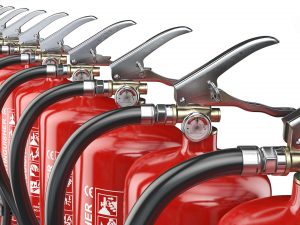 One of the most popular manual fire suppression equipment has to be fire extinguishers. It is used in both vehicles and commercial buildings. Small incipient fires can be dealt with by fire extinguishers.
One of the most popular manual fire suppression equipment has to be fire extinguishers. It is used in both vehicles and commercial buildings. Small incipient fires can be dealt with by fire extinguishers.
Little to no training is usually required to operate fire extinguishers. Most homes and offices use the ABC extinguisher. Normal fires, electrical fires as well as liquid fires can be put out by this extinguisher. Kitchen fires and the burning of metals may require special extinguishers.
Standpipe
Large multistory buildings usually have standpipes installed. Standard pipes come in two forms: wet and dry. Dry systems require the pumping of water by a fire engine. Wet systems, on the other hand, can be used by the public. They always have water in the pipes.
2. Automatic fire suppression
This involves suppressions that don’t need human intervention. They are found in high-risk areas such as commercial kitchens.
Fire sprinkler system
These systems are usually installed in both residential and commercial buildings. They are placed at the ceiling level of rooms. They come on once they are set off thereby dealing with fire growth.
Gaseous clean agent
These agents come in handy where dry chemical or water may cause more damage such as in computer rooms or servers. Fire tetrahedron is broken down by inert gasses. Oxygen is displaced by these gases thereby dealing with the fire.
Foam suppression system
The high expansion, medium expansion and low expansion are the main forms that this system comes in.
Low expansion
Foam is expanded less than 20 times of how it was originally. They are common where hydrocarbons are stored. A blanket of foam is usually formed to combat burning liquid.
Medium expansion
Expansion of the foam’s original size happens to between 20 and 200 times. It is used in outdoor settings. Smothering of fire and suppression of vapour is done by this thick blanket of foam.
High expansion
Expansion of the foam’s original size happens to between 200 and 1000 times. These systems are useful in places like ship holds and aeroplane hangars. Rapid smothering and cooling are achieved by these systems.
What Are Examples Of Passive Fire Protection?
1. Fire-resistance rated walls
Firewalls
Firewalls come with ratings. They are able to subdivide the structure of buildings thereby causing no harm to an altogether different section of a building when another section collapses. Firewalls also don’t need sprinklers.
Fire-resistant glass
Wire mesh embedded in glass or the application of multi-layer intumescent technology can be taken up to develop fire-resistance-rated windows in fire doors or walls.
2. Fire-resistance rated floors
Occupancy separations
Segregation of building parts is enforced by these barriers. They help in occupancy separations enabling different uses.
Closures (fire dampers)
Firestops may at times be used in building codes that are similar to closures. For instance, a 2-hour closure will is applicable for a 3-hour separation. The lowered rating is termed as a fire protection rating.
3. Firestops
Grease ducts
These ducts are all-welded with a specific fire-resistance rating. They have a purpose-made exterior layer.
Cable coating
For the reduction of smoke development and flame-spread of combustible cable-jacketing, fire retardants are applied.
Spray fireproofing
Involves the application of paints or plasters to ensure that substrates like LPG vessels are protected and remain operable.
Fireproofing cladding
Used for the same purpose as spray fireproofing for fire stopping. Cladding materials include vermiculite, gypsum and perlite.
Enclosures
Fireproofing materials are used in the protection of speciality valves as well as other items require protection from heat and fire.
We can provide fire stopping surveys where we determine which systems have been breached and what repairs are needed.

